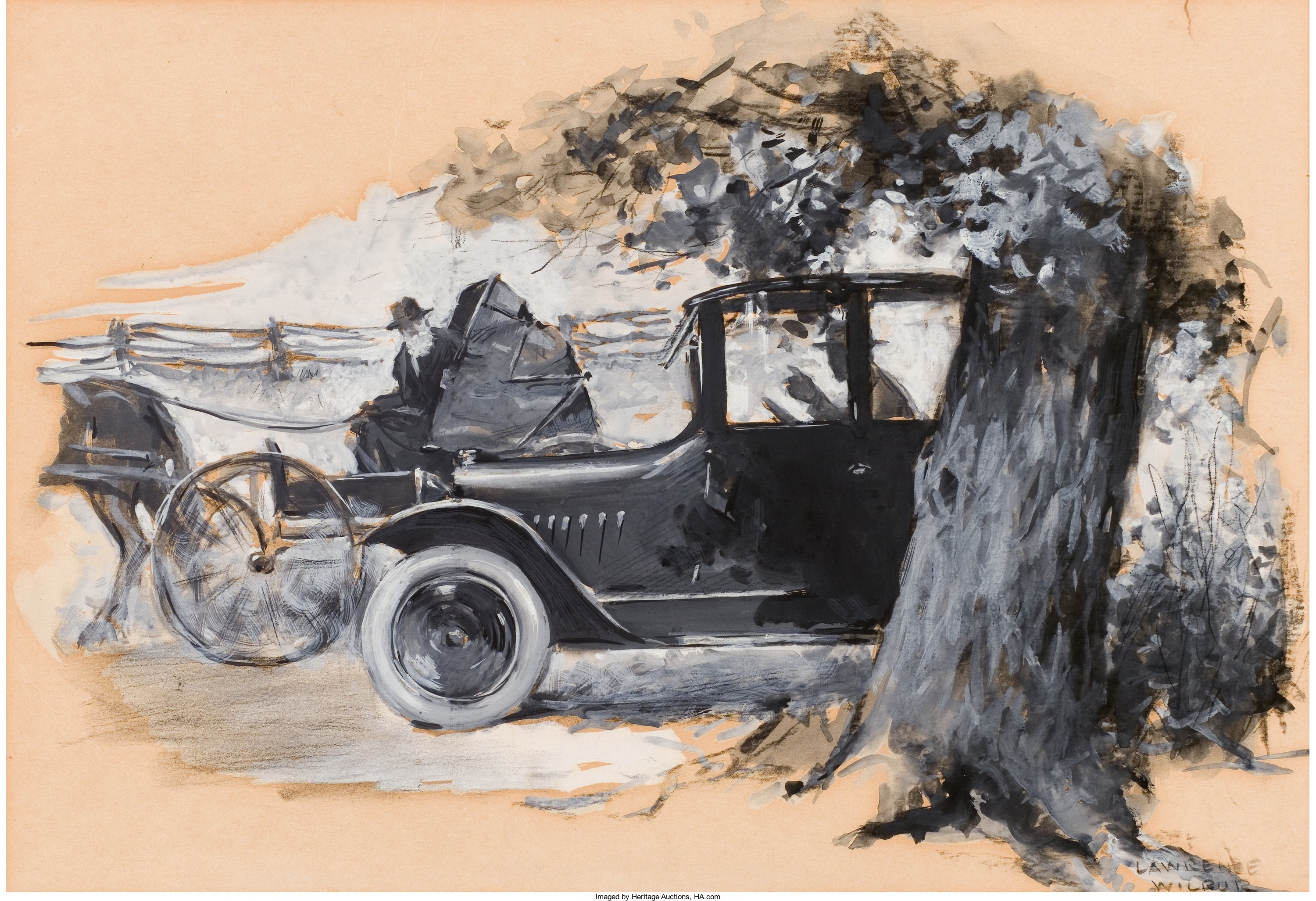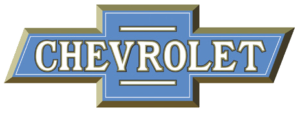
By Jim O’Neal
One of the most recognizable emblems is owned by Chevrolet. It was quickly called the “bowtie” for its unique design, but the origin of the company, its name and invaluable trademark is a complicated story not well known.
The Chevrolet family had their beginning in Switzerland, where the father was a watchmaker. This is where the highly accomplished mechanic, designer and racing driver, Louis-Joseph Chevrolet, was born on Christmas Day 1878. In 1887, the family moved to France, where Louis’ brothers Gaston and Arthur were born.

The brothers became obsessed with bicycle racing, a first-tier sport in France. One story is that American playboy-sportsman Willie Vanderbilt encouraged them to move to America where their skills would be more appreciated ($$). Louis went first and was soon followed by Gaston and Arthur, who joined Louis to work on French cars, fixing flats and eventually becoming factory racecar drivers for Buick.
Enter William C. Durant, who was busy buying car companies to add to the General Motors portfolio. According to one biography, he had an agreement to buy Ford, but only if Henry kept the rights for motorized farm equipment (Henry was spooked by a patent suit claiming invention of the automobile). Fortunately for Ford, the banks would not provide financing – “The industry is too risky” – and he went on to become a giant in the car industry instead of farm equipment.
After a financial panic in 1910, the GM board ousted Durant, at least for a while.
So Durant convinced Louis Chevrolet to found a new car company, the Chevrolet Motor Car Company, but they parted ways when Durant added a cheaper version that Louis thought was demeaning. Louis proceeded to sell his stock and, in an all-time blunder, left his name with the company and decided to focus on racing again.
He managed to finish 7th in the 1919 Indy 500, but it was Gaston who turned out to be a phenomenally good race driver. When Gaston finished first in 1920, he became the first driver in the history of the race to go the full distance without making a tire change. However, his fame was short-lived. Six months later, at age 28, in November 1920, he died in a fiery crash with Eddie O’Donnell at the Beverly Hills speedway in a race for the “Speed King of the Year.”
Gaston’s death resulted in the brothers leaving racing, although Louis continued to design engines for Ford. The Indianapolis Motor Speedway Hall of Fame Museum features a memorial dedicated to the many accomplishments of Louis-Joseph Chevrolet. Fittingly, he was inducted into all four major automotive Hall of Fames.
Durant eventually used his stock in Chevrolet to buy General Motors again and the Chevrolet brand is still alive, although none of the Chevrolets benefited from its long enduring success.
 Intelligent Collector blogger JIM O’NEAL is an avid collector and history buff. He is President and CEO of Frito-Lay International [retired] and earlier served as Chairman and CEO of PepsiCo Restaurants International [KFC Pizza Hut and Taco Bell].
Intelligent Collector blogger JIM O’NEAL is an avid collector and history buff. He is President and CEO of Frito-Lay International [retired] and earlier served as Chairman and CEO of PepsiCo Restaurants International [KFC Pizza Hut and Taco Bell].
